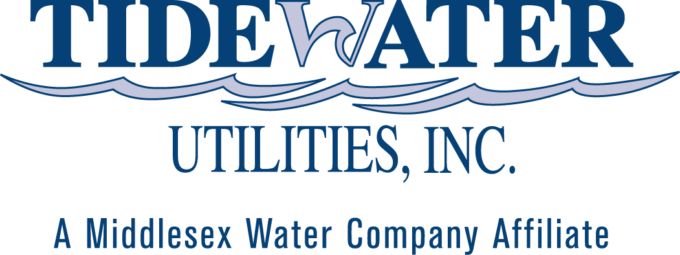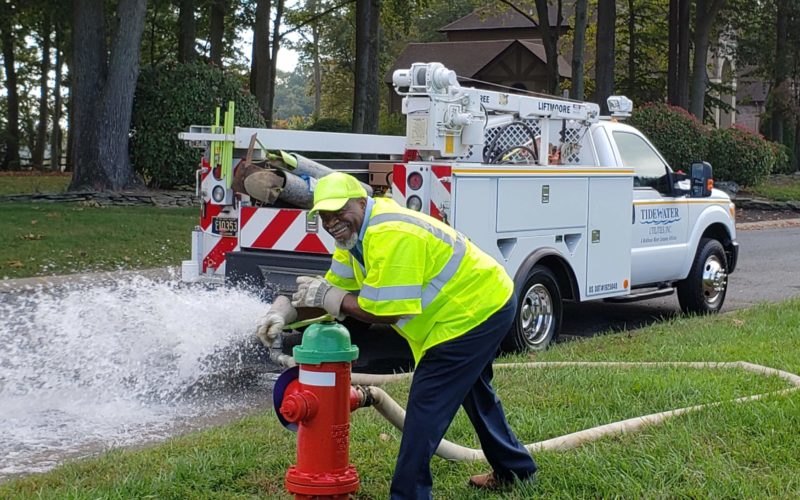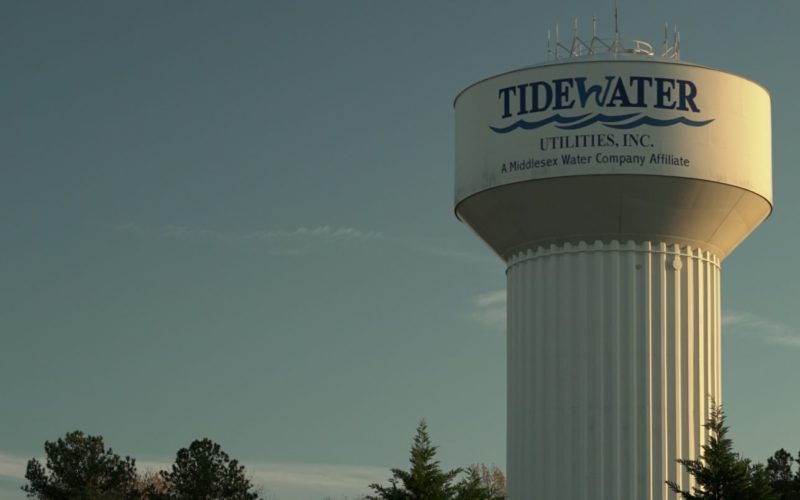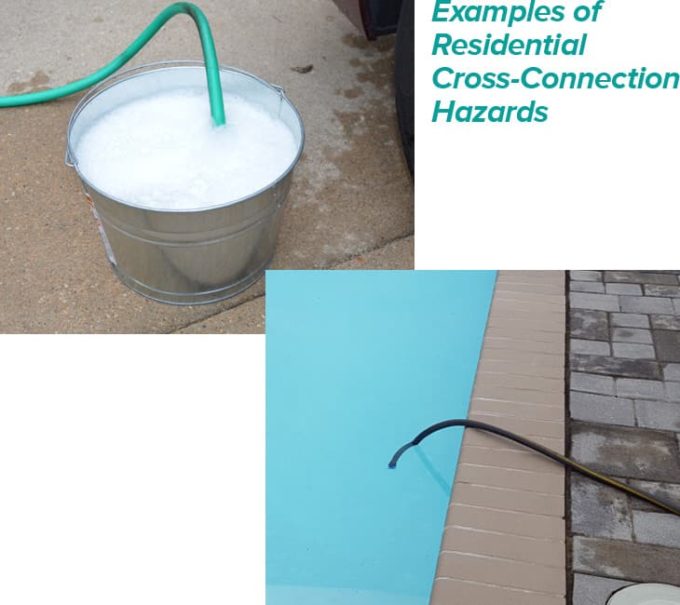Cross-Connection Control Program Overview
Tidewater is making improvements to protect the safety of drinking water. Here’s why.
A cross-connection is an actual or potential connection between the safe drinking water (potable) supply, and a source of contamination or pollution. Cross-connections can result in a hazardous event known as backflow, which can draw those contaminants into your drinking water supply.
Delaware’s Department of Health Code 4462 prohibits hazardous interconnections to public water systems and requires all public water systems to develop a comprehensive Cross-Connection Control Program.

Step 1
TUI implements mandatory Cross-Connection Control Program (CCC).

Step 2
Postal Notification
TUI sends notifications informing water customers that backflow preventers must be tested annually. Facility Assessments/ Inspections for Cross-Connection Hazards are required as specified within the TUI CCC plan. Instructions and due dates are included in notifications.

Step 3
Onsite Inspection/ Survey
TUI conducts inspections and customer must hire an ASSE Approved Backflow Preventer Tester.
Submit test data to TUI >

Step 4
Data/ Corrective Action
If cross-connections are identified during the inspection, the water customer is provided written instructions for modifications and a mandatory compliance date.
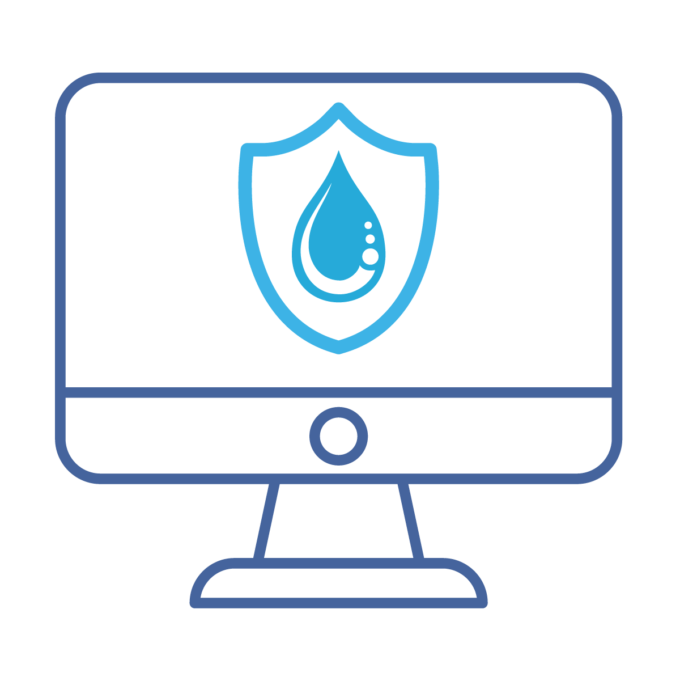
Step 5
Compliance Verification
Annual Backflow preventer test and inspection records confirmed and maintained by TUI as required by law.
Frequently Asked Questions (FAQs)
PART I: INSPECTIONS / SURVEYS
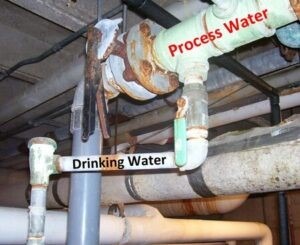 A cross-connection is an actual or potential connection between the safe drinking water (potable) supply and a source of contamination or pollution. Cross-Connections must be properly protected or eliminated.
A cross-connection is an actual or potential connection between the safe drinking water (potable) supply and a source of contamination or pollution. Cross-Connections must be properly protected or eliminated.
A public water supplier may determine that water service connections shall be inspected (with appropriate notification in advance) for potential cross-connection hazards.
A typical cross-connection inspection takes 5-15 minutes.
Building owners are responsible for costs associated with corrective action/non-compliance.
Yes. If a service connection owner is notified of a mandatory inspection, compliance is required. These inspections are conducted in order to ensure compliance with state regulations to maintain the safety of your drinking water.
Penalties for refusing to cooperate with inspections and/or refusing to make needed repairs are determined by your local water utility. These typically can include termination of water service.
PART II: BACKFLOW PREVENTION ASSEMBLY TESTING
Just like any other mechanical device, backflow prevention assemblies are prone to wear and tear, and do break down from time to time. Regular testing is required in order to ensure that your device remains in proper working order.
Testable Assembly Backflow Preventers shall be tested by an ASSE Certified tester at least annually and at time of initial installation. A test record for each Backflow Preventer is required to be submitted to the local public water supplier as specified in the local Cross-Connection Control Program Plan.
PART III: GENERAL RESOURCES
Example: Hose connection vacuum breakers
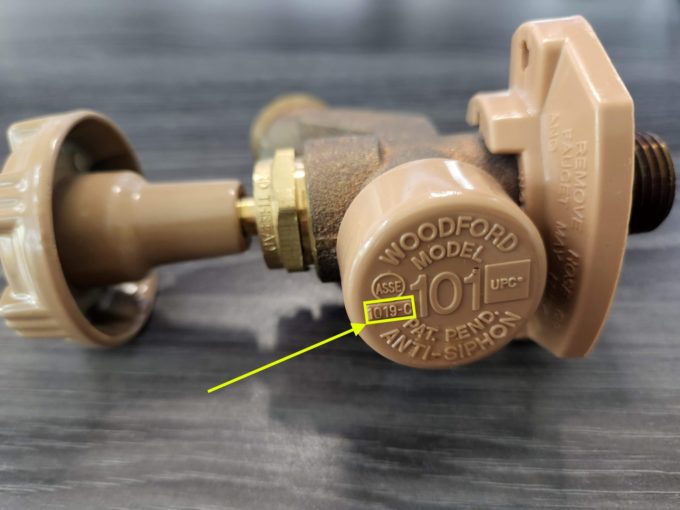
Example: Integrated vacuum breaker on outside hose spigot.
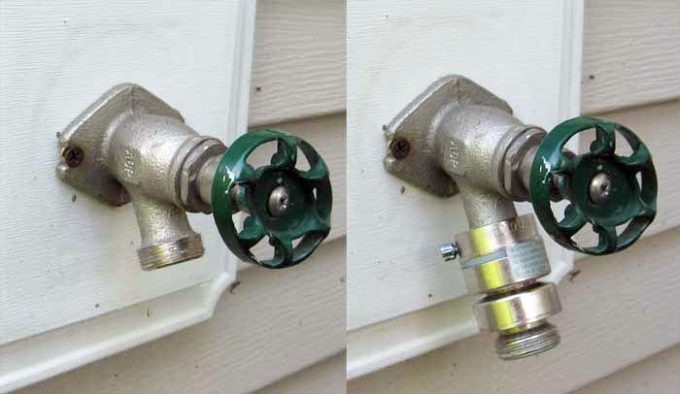
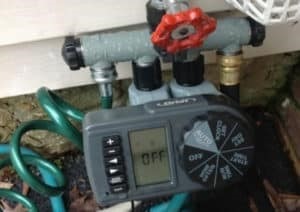 Vacuum breaker should not be subject to continuous pressure like the example here illustrates. (This type of irrigation set up/system would need to be corrected.)
Vacuum breaker should not be subject to continuous pressure like the example here illustrates. (This type of irrigation set up/system would need to be corrected.)
These require periodic performance testing by a Certified Tester.
Pressure Vacuum Breaker Assembly
Reduced Pressure Principle Backflow Prevention Assembly

